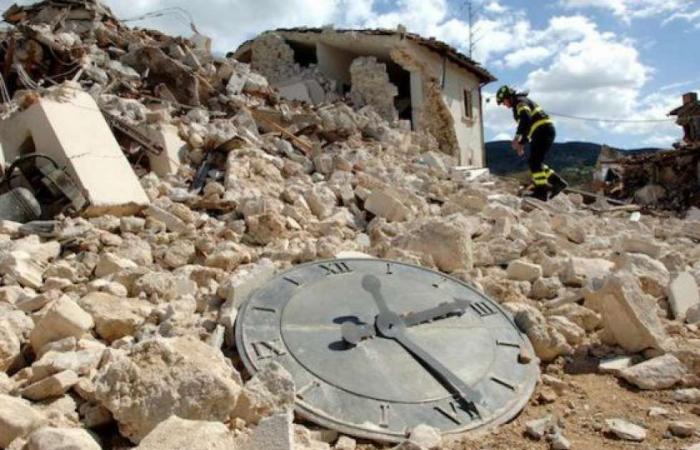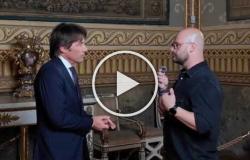L’AQUILA – Enza Terzini, 21 years old, had come from the province of Pescara to study biological sciences at the University of L’Aquila. The evening before the earthquake she had returned from her town, Tocco da Casauria: a few hours later she would have had her last lessons before the Easter holidays, this is what we read from the pages of the newspaper THE MESSENGER. The building in via Poggio Santa Maria, in the Villa Gioia area, where she was staying with three other girls, had completely collapsed. In the same room as Enza, Eleonora Calesini slept, the girl from Rimini who was pulled alive from the rubble 43 hours after the earthquake.
Recently the painful drama was addressed in the Civil Court of Appeal of L’Aquila which overturned the verdict issued at first instance in which the compensation request to the relatives of the young student from Pescara was rejected, believing that the statute of limitations had intervened in the case .
The Court, however, adhering to what was argued by the lawyers Enrico Marinucci, Domenico Fazio and Antonella Micele, supported the validity of the compensation request for the girl’s family, condemning the Ministry for Infrastructure to pay a sum of close to one million and 200 thousand euros. .
On the point of limitation, the civil panel of second instance highlighted how the Ministry itself, in raising this exception, was generic, not indicating exactly when the limitation would have occurred and what consequences it would have entailed. On the civil responsibility for the collapse, the Appeal supported the advice of the engineer Maria Gabriella Mulas (in criminal proceedings, concluded with no facts for the death of those presumed responsible for the collapse) and of the engineer Giulia De Simone (consultant of the Court civil of L’Aquila) agree in believing that the collapse of the building was based on serious design errors in calculation (on the part of the engineer Paolo Cimino) such as, for example, in the prediction of a possible earthquake, the tightness of the building only in one direction.
Fingers pointed by the experts called to examine the aspects of the building’s collapse, including the weight of the building and the quality of the materials used. Works that did not comply with the anti-seismic regulations of the time and were endorsed by the Civil Engineers (represented by the engineers Orlando De Rosa and Domenico Colarossi) who on the contrary should have carried out a detailed check on the construction site or in any case prevented the release of the documents for the implementation of the works entrusted after the Luigi Marrone’s construction company.
NO FORTUNE EVENTS
Finally, the CTU in his report in relation to the earthquake «excluded – we read in the Appeal sentence – that it was the sole and determining cause of the collapse, since, if correctly designed and built, it would have withstood the seismic stresses, moreover severity not anomalous for the L’Aquila area, with respect to which they cannot therefore be considered an exceptional and unpredictable event, such as to integrate a hypothesis of fortuitous event or force majeure”








